
Supplier group calls tariffs ‘of great concern to our members’ and ‘more concerning’ than tariff proposals for other nations
The threat of tariffs being imposed on Canadian and Mexican goods going into the United States could be a reality rather soon and the group representing automotive aftermarket suppliers raised concerns once again recently.
During a call with the media this week, MEMA Aftermarket Suppliers spoke at length about the threat of arbitrary 25 per cent tariffs being imposed by the U.S. on its neighbours to the north and south. This is being done, according to President-Elect Donald Trump, in response to illegal immigration and drugs flowing into the U.S. from Canada and Mexico.
This comes as additional tariffs are being threatened on other nations, particularly China, where the aftermarket sources many good and materials.
“From our member standpoint, I think some of the North American tariffs have been announced are more concerning than the China tariffs,” observed MEMA Aftermarket Suppliers president Paul McCarthy.
Following the introduction of tariffs on China during Trump’s first tenure in the White House, the aftermarket adapted. Part of that solution was nearshoring, where some companies relocated or brought their manufacturing onto North American soil. They did this thinking they would be safe from additional costs brought on by tariffs.
This may no longer be the case, McCarthy pointed out.
“It’s a lot of uncertainty about a lot of investments that suppliers have [made] and investments that are expensive and time-consuming to move in terms of where we source these parts,” he said.
Ana Meuwissen, senior vice president of government affairs for MEMA, the Vehicle Suppliers Association, which includes the aftermarket division, noted that there have been ongoing dialogues on all sides of the border but this is risks being a significant issue for the entire automotive industry.
“Certainly it would be detrimental and it is of great concern to our members and to the larger mobility community,” she said during the media call.
Meuwissen noted that there’s plenty of economic data about the negative impacts of tariffs.
“We have this very highly integrated supply chain across all three countries. And, especially, the relationship between the U.S. and Canada is very old. I mean, it dates back several decades, even prior to NAFTA,” she noted. “So there is that incredibly important interdependency, as well as the work that this North American framework does in terms of helping supply chain resiliency.”
How quickly tariffs come into place is unknown should Trump follow through on his threat.
Tariffs could be implemented under a national security emergency order that would grant him emergency powers to enact them. This can allow the tariffs to be applied “very quickly,” Meuwissen said.
Traditional ways of doing so take time, allow for comment and so on. This is what happened when previous tariffs were introduced.
“These are predicated on, usually, investigations that also now allow for a notice and comment type of period from interested entities before a final decision is made and then a tariff is imposed,” Meuwissen explained. “So those take a longer amount of time, and then usually are phased in over a certain type of schedule.”
After Trump is inaugurated on Monday, expect more information.
“So we are expecting a great deal of information to be released on Day 1 about these different tariff initiatives, and the details will really matter,” Meuwissen said. “They matter in terms of how quickly the tariffs may come and what opportunities there might still be for dialogue and engagement on some of those proposals.
In December, the Auto Care Association released insight on what potential tariffs could cost the automotive aftermarket.
As for other nations, Trump has said he will place new tariffs on China even though the Biden Administration finalized increased tariffs already, which are to be phased in over the next few years.
“So we are expecting further tariff activity related to China, but we don’t know yet if that will be on top of an existing order, or if this will be a new order coming from President-Elect Trump,” Meuwissen said.
“We are also hearing continuing, credible stories around a potential across-the-board tariff on imports from all other countries coming into the United States,” she added. “So that has been mentioned in the range of 10 per cent of this universal tariff. So that is another proposal.”

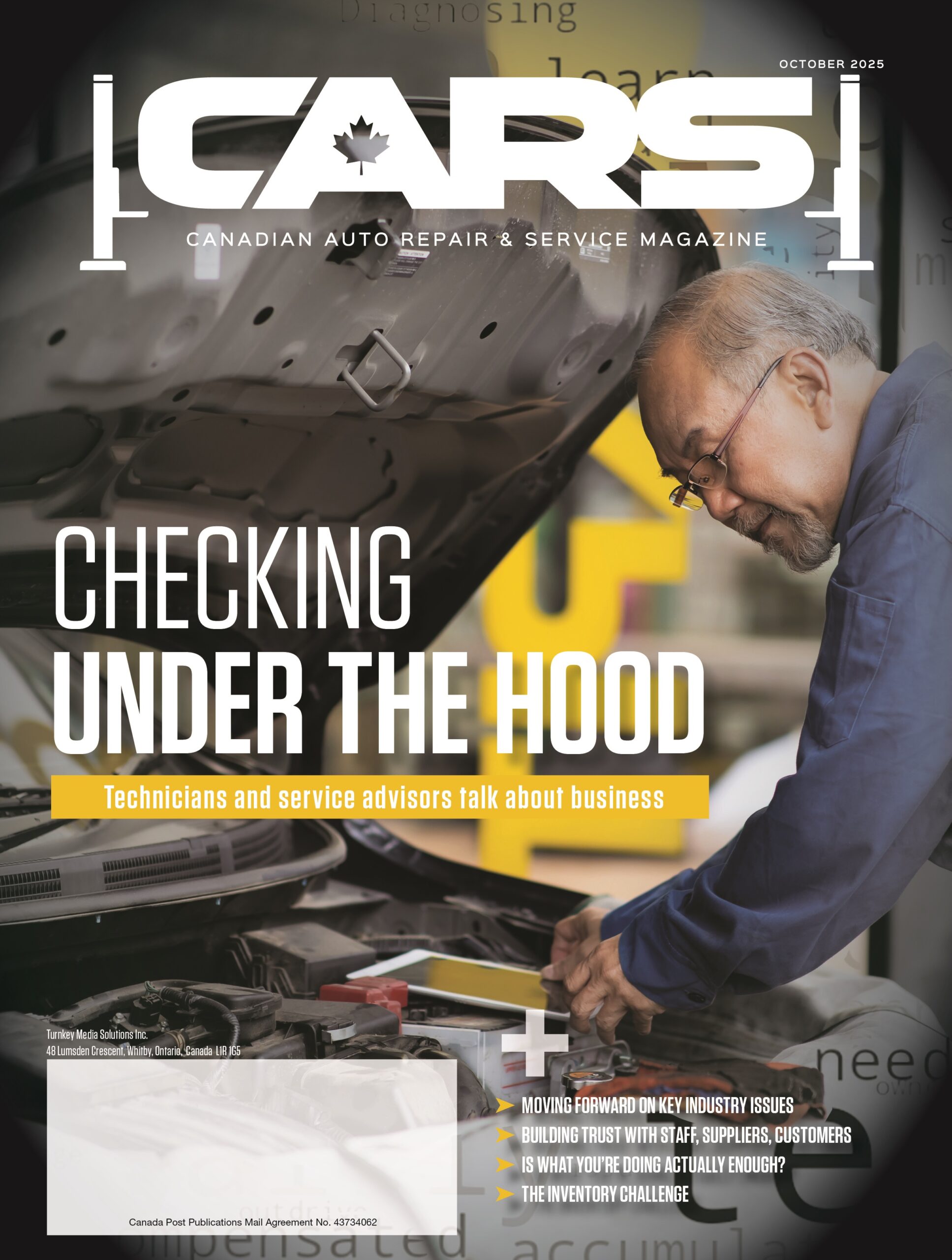

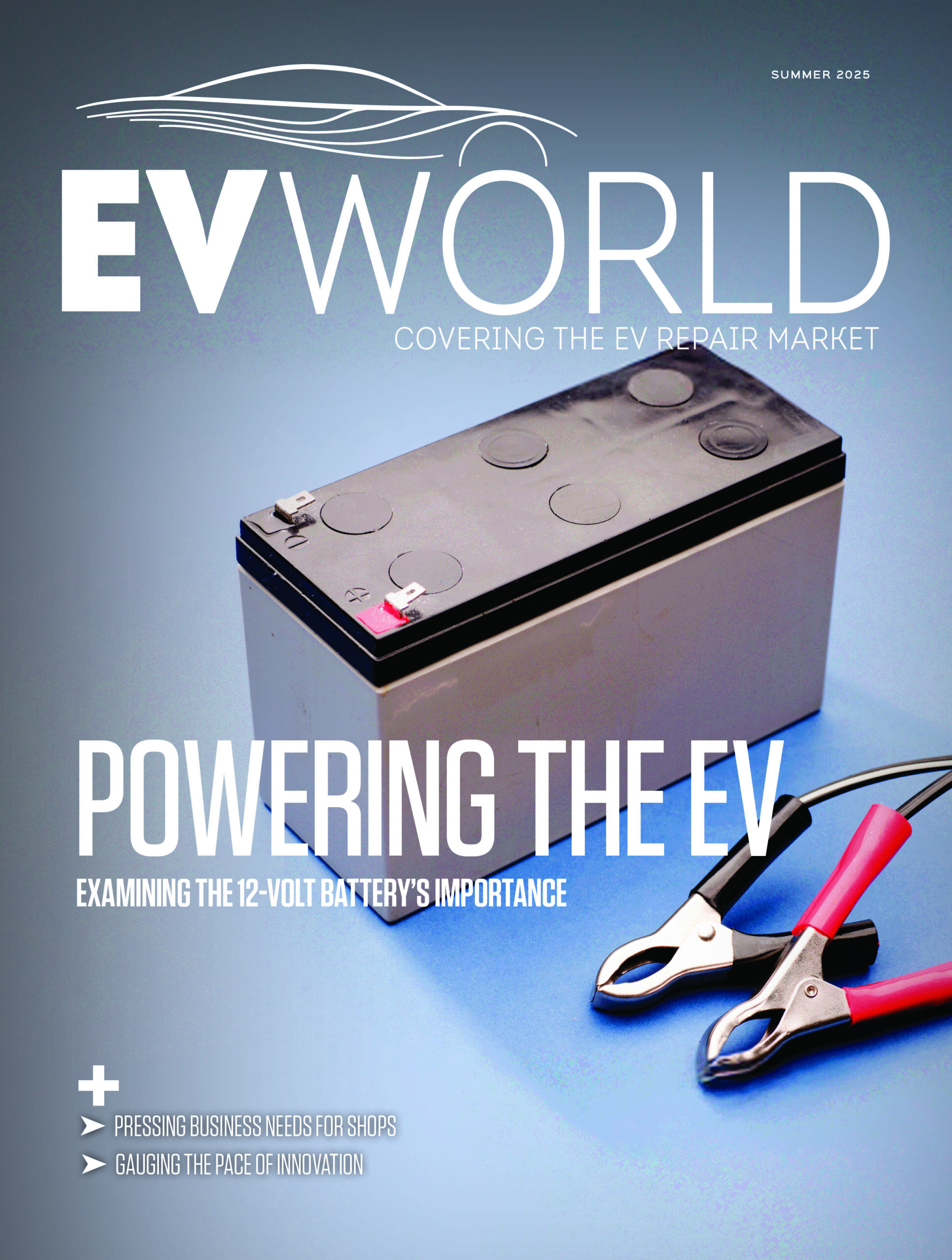





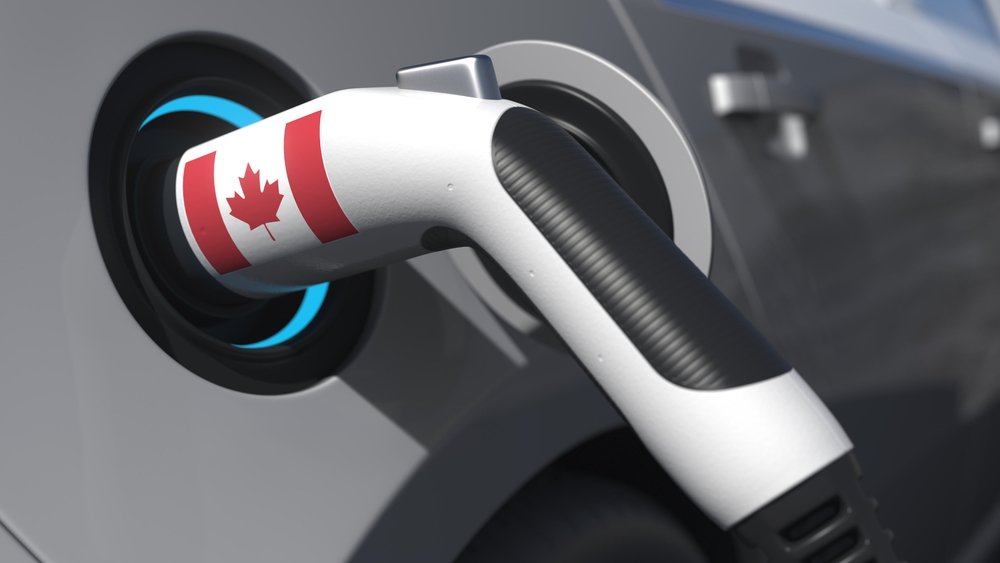

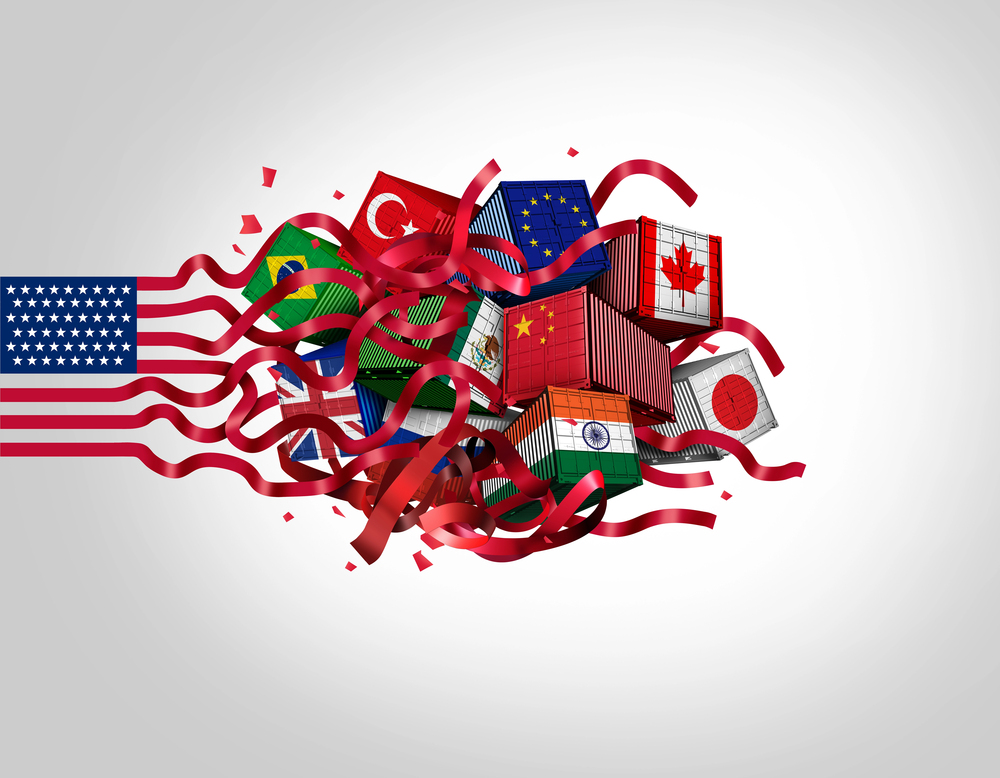
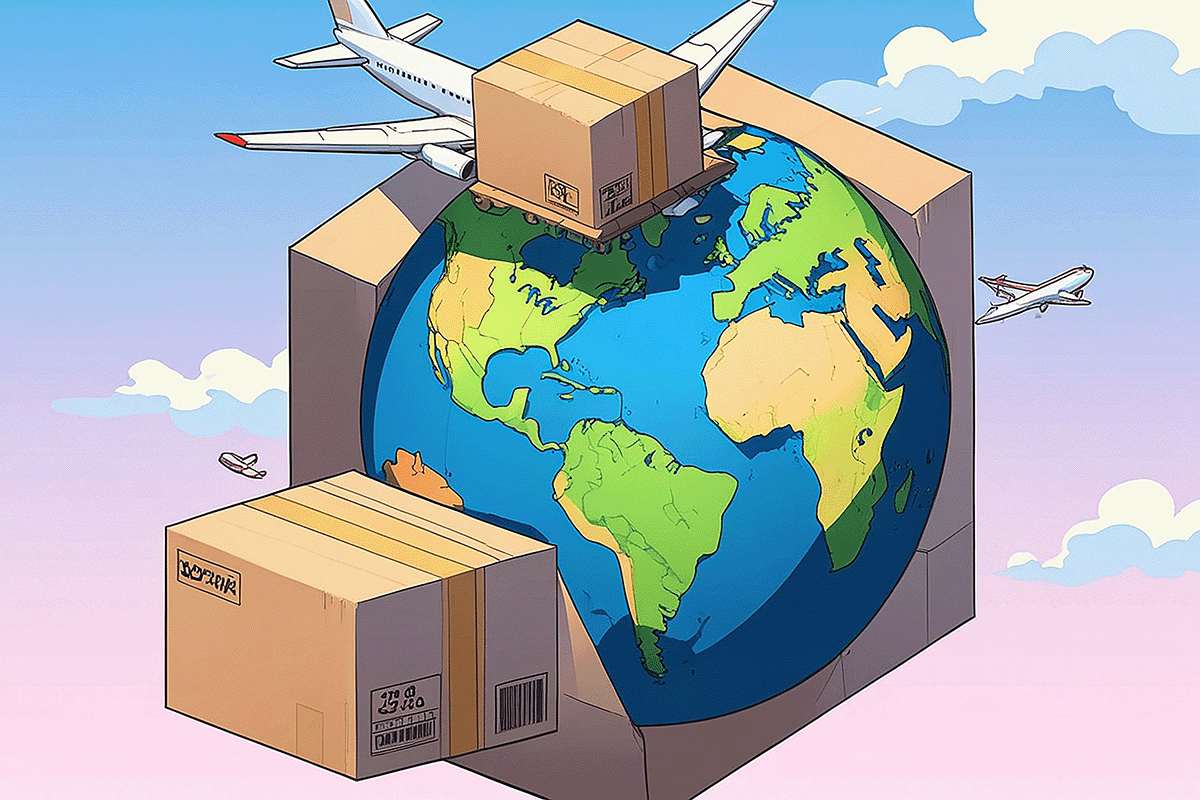
Leave a Reply